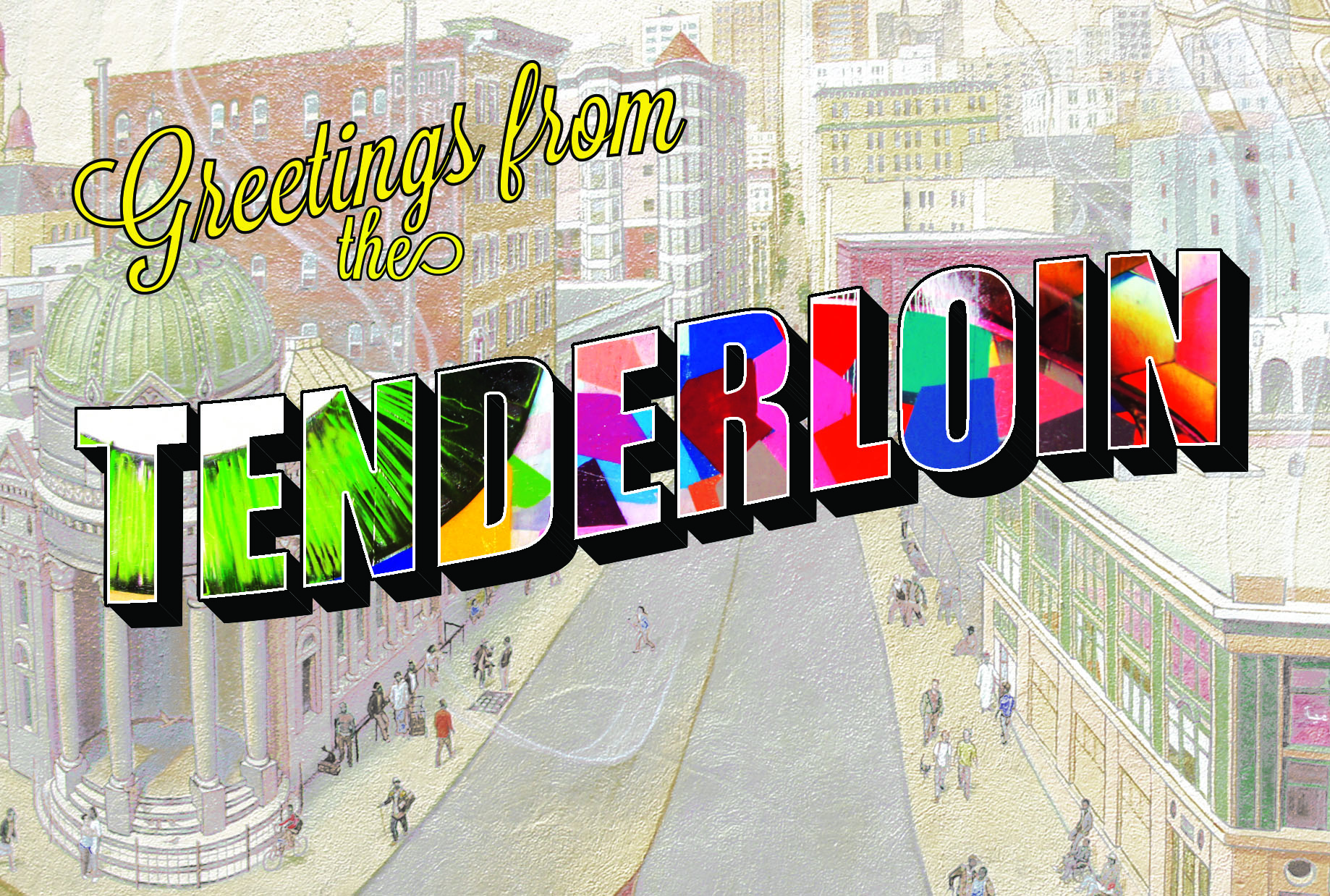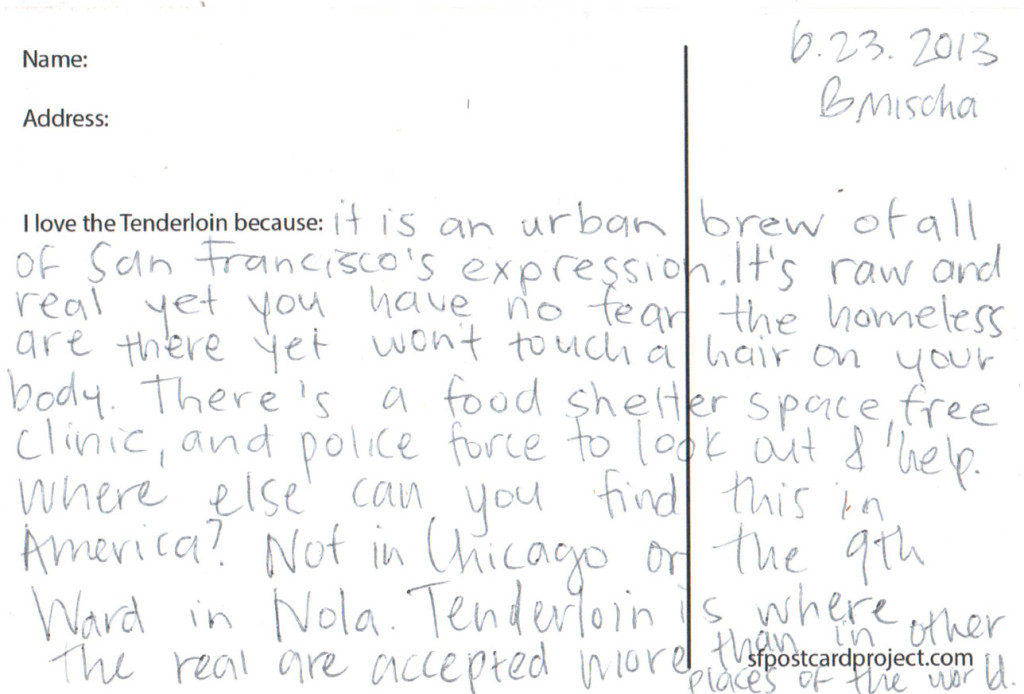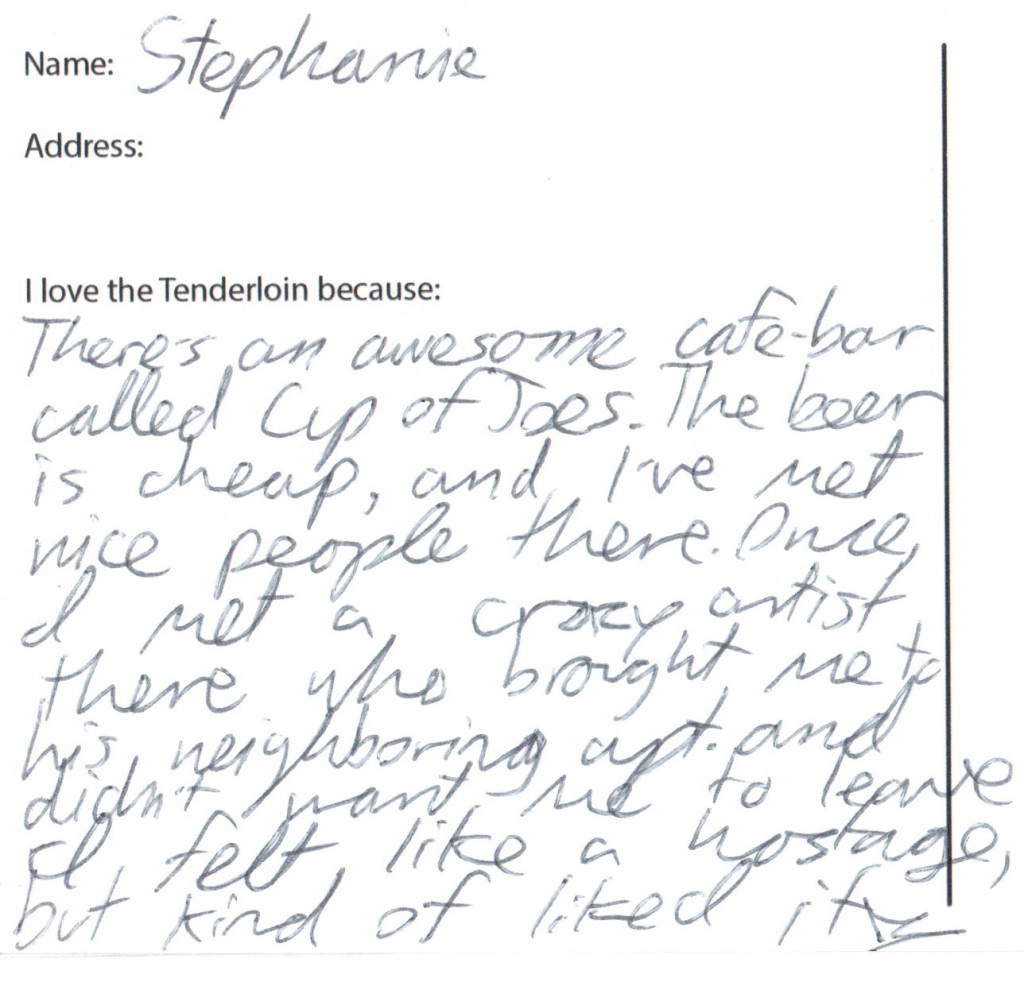“When is the last time you bought something in East or West Baltimore”
Or, for those non-Baltimorians, when is the last time you bought something from what ever region has been labelled in your city as “the bad side of town.” This is a question I’ve been asking people the past couple of weeks and most of the time people can’t remember or, in a surprising number of cases, the answer is never. For me, it’s been two months, despite the fact 75 percent of my purchases come from local Baltimore stores.
Since the beginning of civilization, trade has built bridges between differing worlds. It has brought us face to face with new cultures, made us dependent on one another, and led to the flow of ideas, customs, and beliefs along with goods and services. Purchasing things from one another requires us to build trust and put stock in each other’s financial futures making their issues, your issues. This is why the answers I’ve received to my question worries me. It speaks to the divided Baltimore Amber, Hasdai, Adam, and others here at ChangeEngine have written about over the past year.
The divide between two Baltimores has been highlighted these past few weeks with the now infamous Tracy Halvorsen piece, “Baltimore City, You’re Breaking My Heart.” Halverson unintentionally revealed how large the gap between our city’s citizens is, when one person can see those outside their neighborhood as criminal interlopers instead of neighbors. For me however the divide was most salient in a remark made by Dr. Tara Bynum in reaction to Halvorsen on the Mark Steiner show. There are many neighborhoods in Baltimore, she explained, where she feels unsafe in because of a history of violence toward African Americans. As she listed them off: Canton, Highlandtown, Hampden, Fells Point, Patterson Park, I realized that I spent a majority of my time (and money) in places she wouldn’t go. I lived in a world apart from her own.
Which begs the question Amber Collins asks in her post this week: How do we build bridges between Baltimores? Why don’t people I know buy things in East and West Baltimore? How do we encourage a “buy local” culture outside of The Avenue, Charles St., our comfort zones?
One interesting project I’ve come across is the Neighborhood Postcard Project. The project makes postcards from marginalized areas of cities including the Tenderloin in San Francisco, Hamilton Heights in New York City, or Mount Pleasant in Washington, D.C. and asks residents of the neighborhoods to write about what they like about living in those areas. The project then takes those postcards and sends them to random people in the very same city to show off a side of their home they might have never seen before. In doing so they hope to change the perception of the community and begin to build bridges between divided neighborhoods.
The project was started by Hunter Franks who wanted to overcome the media portrayal of his home in the Tenderloin of San Francisco where tourists and residents were often warned not to walk in at night. He worked with people in his community to write postcards about places and stories people weren’t hearing about in mainstream communication. In one case a recipient of the postcard contacted him and wanted to meet the writer of the postcard. She had never been to the area of town the postcard was from and the postcard made her curious to visit. Franks connected them and a new friendship was born. While that hasn’t happened with everyone of the 350 postcards he has sent, it certainly has touched some people who have never considered “those parts” of the city from anything else than a mainstream lens.
I’d like to imagine if Tracy Halvorsen received a postcard from one of the youths she’s afraid of meeting in the street that she may have a better perception of her Baltimore neighbors. Maybe it is a little naive but so often the lines that divide us are all a matter of misconception and the vastly different stories we’re told on either side of that divide. I’ve written before about how the media treated a shooting at my high school differently because it was perceived as being in a “bad neighborhood” while a shooting in Columbia would never be blamed on the community. Similarly a crime in Canton is seen by a resident as a sign that outside forces are leaking into the neighborhood while a crime in Middle East Baltimore is an inevitability. The fact of the matter is crime happens in both communities and amazing things exist in both communities. Yet in one community stories focus on hip bars and in another they focus on shootings.
Which returns me to where I started. The fact that we interact so little and that we engage in nearly no commerce with each other means there is no real experience to counteract the ones we receive from Baltimore. Which is why I love the Neighborhood Postcard Project as a start. It’s a guerrilla marketing campaign that gives you an alternative view of your city just by opening up your mailbox. It can also serve as a visitor guide for people to start exploring parts of the city beyond their borders and perhaps dismantle those borders once and for all.
Part of the reason we don’t do that is because we don’t know where to go. I go most places because I’m invited by friends who are going to Hampden, Mt. Vernon, Fells Point, Canton, but rarely even as far afield as even Hollins Market. You’ll find almost no representation from East or West Baltimore in the “Best in Baltimore” recommendations from the The Baltimore Sun or City Paper. Outside of a few volunteering gigs or Baltimore Bike Party there are few times when I have reason to travel outside of the area I call the “White T” of Baltimore. I’ve recently realized the dividing lines are so thick, I know so little about those areas and have so few connections with people who live, work, eat, or go out outside of my own Baltimore bubble.
How do we open up trade routes between our two cities? How do spaces where people of both sides can mix and mingle and learn about each other? Perhaps all it takes is a postcard to serve as a mini-ambassador to open up new worlds. Perhaps a postcard could recommend new sites, new foods, new styles that are only miles away from us. Perhaps it can get people to care about neighborhoods they’ve discarded as dangerous. While the divide between Baltimores is massive, something like the Neighborhood Postcard Project could happen in a few weekends and might help us begin to forge connections. Something as simple as a postcard could get people to begin to spend more time (and more money) in neighborhoods we currently never frequent. It’s an easy place to start to tackle the divides we all know exist, not just in Baltimore but across the country.






Postcards from Beyond the Divide http://t.co/NjYL2Hc8pM
Postcards from Beyond the Divide | ChangingMedia – http://t.co/txRzKvkj91 via @shareaholic
Could something as simple as a postcard bridge the deep divides in cities like Baltimore? http://t.co/6yrPeL23bm via @ChangEngine
RT @rsteggy: Could something as simple as a postcard bridge the deep divides in cities like Baltimore? http://t.co/6yrPeL23bm via @ChangEng…
RT @rsteggy: Could something as simple as a postcard bridge the deep divides in cities like Baltimore? http://t.co/6yrPeL23bm via @ChangEng…
Let’s start the movement! Indianapolis had a push several years ago called ‘Unsung Indy’- maybe a small marketing campaign like that could highlight the interesting aspects of Belair-Edison, Hollins Market, Poppleton, etc.
Let’s really start shopping locally and think creatively to market ignored areas! http://t.co/7xLlXm5DPp @ChangEngine @GreaterHomewood
RT @CommunityAmber: Let’s really start shopping locally and think creatively to market ignored areas! http://t.co/7xLlXm5DPp @ChangEngine @…
Postcards from Beyond the Divide by @rsteggy via @changengine
http://t.co/hmY09qjll3
RT @rsteggy: Could something as simple as a postcard bridge the deep divides in cities like Baltimore? http://t.co/6yrPeL23bm via @ChangEng…
Postcards from Beyond the Divide http://t.co/K2aMaasdDe by @rsteggy w/shouts to @marcsteiner @Neighbormail #Community
Excellent @rsteggy piece on @ChangEngine. http://t.co/kMcFuc2Wgc Led me to Postcard Project, http://t.co/bKjCIGF2qo which sounds spectacular
That @rsteggy piece directly explains why the @ThrillistCHI CTA bar map was a damn problem. http://t.co/kMcFuc2Wgc Please read & consider.
Hampden, Fells Pt, Patterson Pk, Canton: “I realized I spent a majority of my time in places she wouldn’t go” http://t.co/qhJ6onjAYs